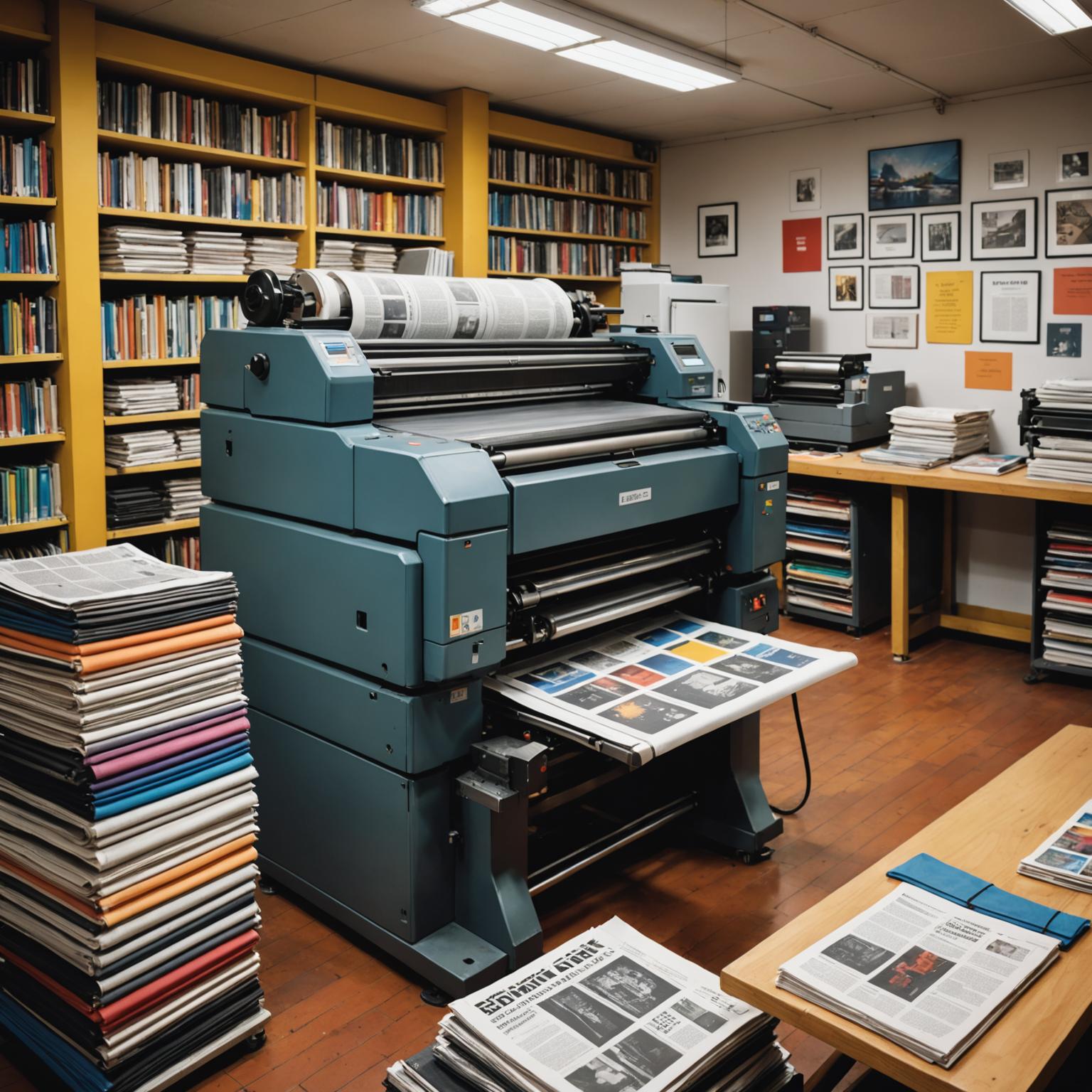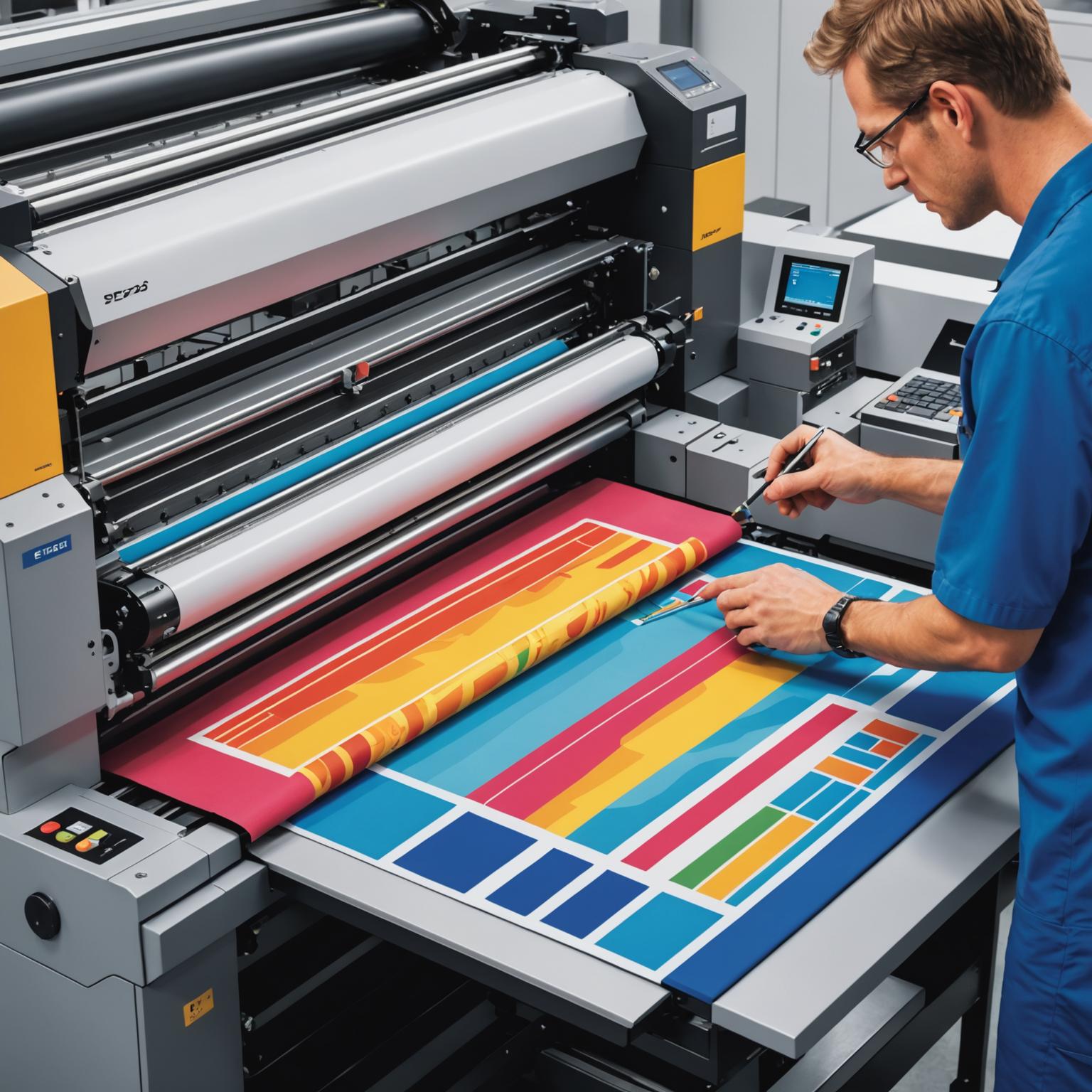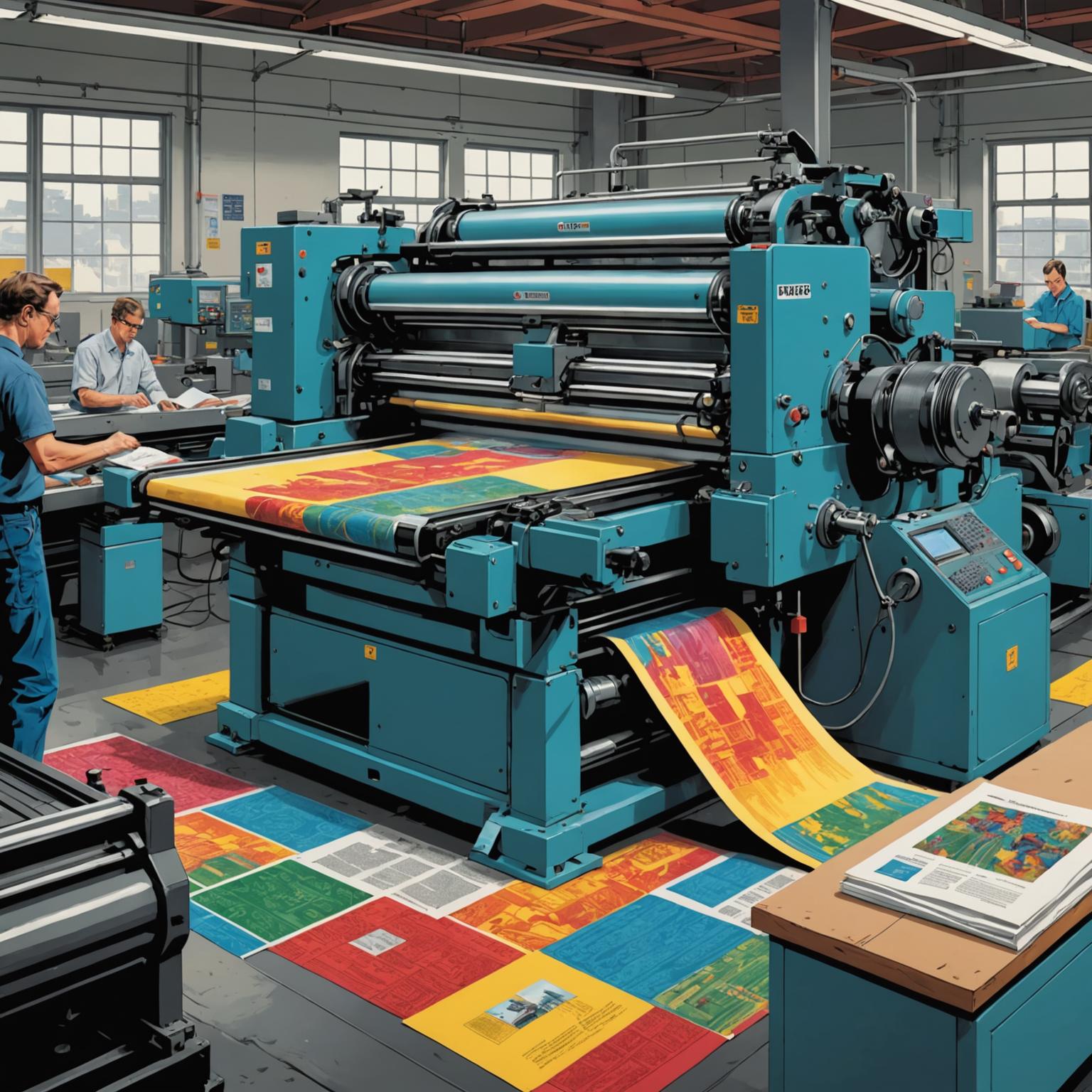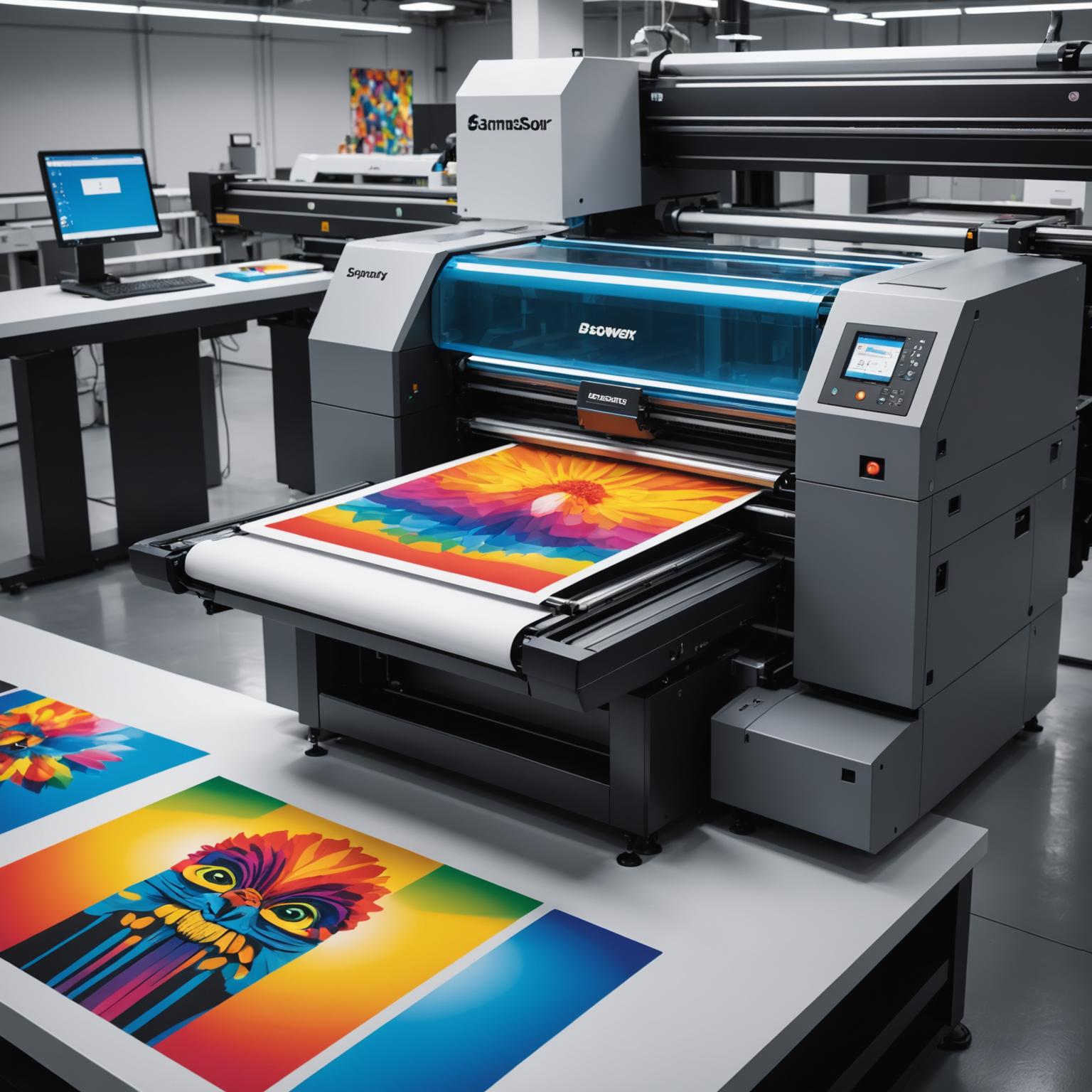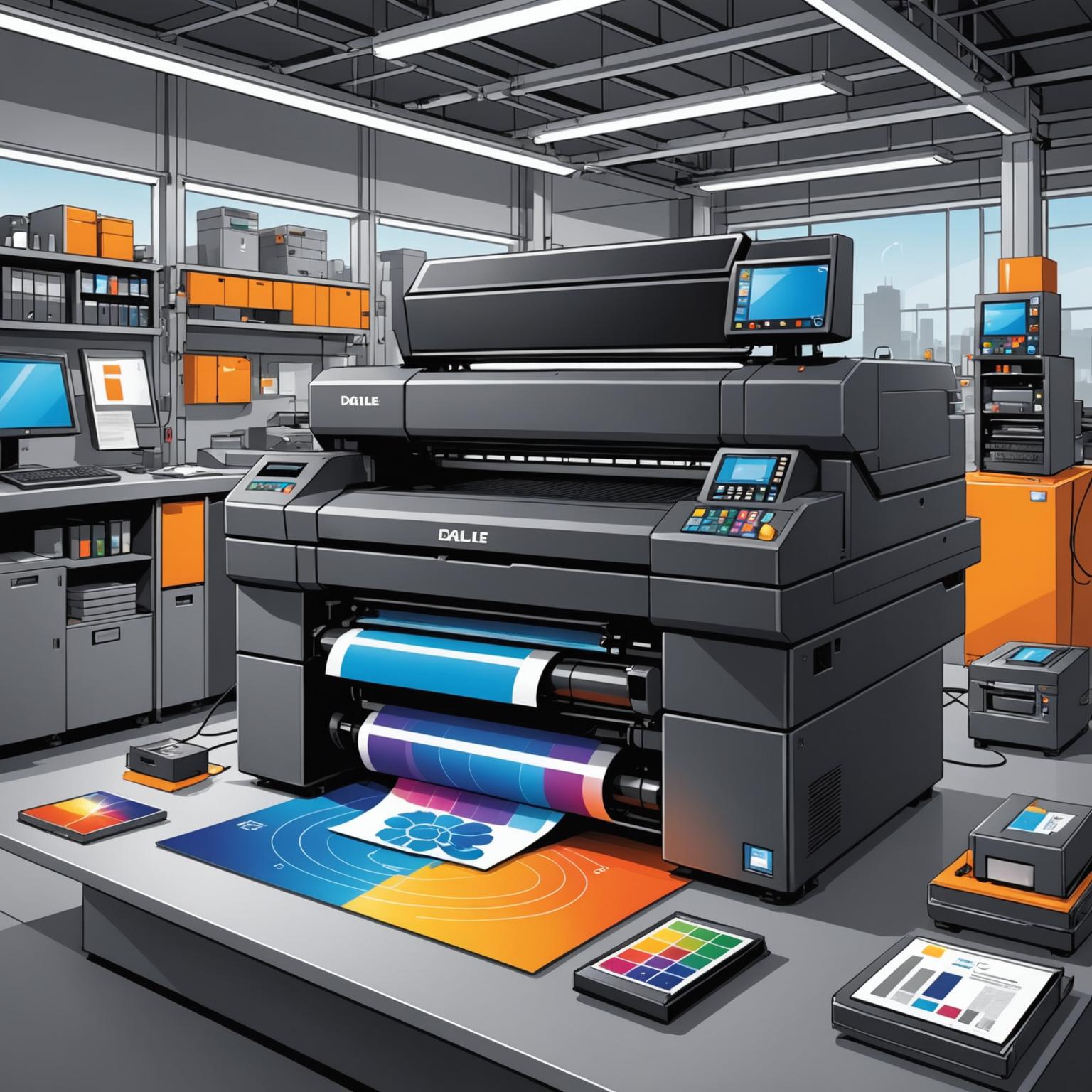In today's market, where consumers and brands are increasingly demanding environmental responsibility, the materials used in your print shop are more important than ever. If you're looking for a way to elevate your offerings, reduce your environmental impact, and create products with a premium feel, it's time to seriously consider the world of solvent free ink options. Moving away from traditional, chemical-heavy processes is not just a trend; it's a fundamental shift towards a safer, more sustainable, and higher-quality future for the apparel decoration industry. By adopting these modern solutions, you position your business as a forward-thinking leader.
The Clear Advantages of Going Solvent-Free
One of the most compelling reasons to make the switch is the significant improvement in workplace safety and environmental health. Traditional solvent-based inks release high levels of Volatile Organic Compounds (VOCs), which contribute to air pollution and can cause respiratory issues and other health problems for your staff. Cleanup requires harsh and hazardous chemicals, creating toxic waste that is difficult and costly to dispose of responsibly. Water-based inks, by contrast, are a breath of fresh air. They have little to no VOCs, creating a much safer atmosphere in your shop. Furthermore, cleanup is a breeze, often requiring nothing more than water, which dramatically reduces your chemical usage and disposal concerns. This commitment to a healthier process is a powerful story to share with both your employees and your clients.
Beyond the operational benefits, the final print quality can be a game-changer for your business. While plastisol inks sit on top of the fabric, creating a thicker, sometimes rubbery feel, water-based inks penetrate and dye the fabric's fibers. This results in what is known in the industry as a "soft hand" feel—a print that is breathable, flexible, and feels like part of the shirt itself. This premium finish is highly sought after in retail and fashion, allowing you to produce garments that are not only visually stunning but also incredibly comfortable to wear. This superior quality can justify a higher price point and attract more discerning customers who value craftsmanship.
Mastering Water Based Screen Printing Techniques
Successfully transitioning to water-based inks does require an understanding of the right water based screen printing techniques, but the learning curve is well worth the effort. The primary challenge is managing the ink on the screen, as it is designed to air-dry. To prevent the ink from drying in your mesh, it's crucial to work efficiently, keep your screen flooded with ink between prints, and use a spray bottle with water to occasionally mist the screen during longer runs. Using a high-quality, water-resistant emulsion and ensuring proper screen tension are also foundational steps for achieving crisp, clean results. These habits quickly become second nature and are key to a smooth workflow.
Curing is another critical stage where water based screen printing techniques differ from plastisol. The goal is to first evaporate all the water from the ink, and then raise the temperature to the manufacturer's recommended level (typically around 320°F / 160°C) to fully cure the binder and pigment to the fabric. Proper airflow is just as important as temperature, so conveyor dryers with forced air capabilities are highly recommended. Insufficient curing will result in a print that washes out, so investing time in testing and perfecting your drying process is essential for creating a durable, long-lasting product that your clients can trust. When done correctly, the wash-fastness of water-based prints is excellent and reliable.
Make the Switch and Future-Proof Your Business
Adopting solvent free ink options is more than just an equipment change; it's a strategic business decision. In a competitive market, it provides a powerful unique selling proposition. You can confidently market your services to eco-conscious brands, startups, and organizations that have corporate sustainability mandates. You can tell a compelling story about quality, safety, and responsibility that sets you apart from shops that are still stuck in the past. While there may be an initial investment in new inks and emulsions, the long-term savings on chemical cleaners and solvents, combined with the potential to attract higher-value clients, makes it a financially sound move. Embrace the future of screen printing, and choose the path that is better for your people, your product, and the planet.


